The COVID-19 pandemic presented an unprecedented challenge to public health while leading to a major loss of human lives. In the wake of the sudden increase in cases, doctors felt the need for an accurate and reliable testing method so that it gets easier to track and control the transmission of deadly coronavirus. This is when the Real Time Reverse Transcriptase Polymerase Chain Reaction (RT PCR) test came into the picture. This testing method is used to determine the presence of viral RNA that can be detected in the body of the infected person once it starts showing COVID 19 symptoms or has developed antibodies.
Also known as the molecular test, RTPCR test is the most dependable way of diagnosing COVID 19 infection as it can detect the presence of the virus at a very early stage. This is a nuclear-derived method and is used to identify a virus by detecting the presence of specific genetic materials.
How Does It Work?
The fluid sample of a person that has been taken from the nose and throat undergoes a long, systematic process to identify the presence of coronavirus. Extraction is the first and one of the major steps of this entire process in which the RNA (a type of genetic material) is extracted using some chemicals and enzymes in a PCR machine called the Thermal Cycler. This includes a person’s usual RNA and the one from the coronavirus, if present.
Once extracted, this RNA is converted to DNA and the tiny segments of the DNA are amplified as a part of the process of detecting the virus. A special fluorescent dye is used to identify the sample as positive or negative on the basis of the brightness of the fluorescence after 35 or more amplification cycles.
When to Get RTPCR Test Done?
Getting a RTPCR test done is recommended for:
- Individuals with COVID-19 infection symptoms
- Individuals who do not have any symptoms but have been in contact with an infected person
The major symptoms of COVID-19 infection include:
- Fever or chills
- Cough and sore throat
- Congestion or runny nose
- Nausea
- Fatigue
- Tiredness
- Body ache
- Headache
- Eye flu
- Loss of smell and taste
- Skin rashes
- Chest pain or heaviness
- Shortness of breath
- Diarrhoea
An infected person may start developing the symptoms within 1-14 days of exposure to the virus. This window is known as the incubation period. However, some people are asymptomatic, which means they do not develop any symptoms of the COVID-19 infection at all. It is recommended to get a COVID-19 test done if you have been in the contact with a person with an active infection as it can help to rule out any possibility of you having the same.
Test Booking & Sample Collection
If you wish to book a RTPCR test, do a quick search for ‘RT PCR test lab near me’ or ‘RTPCR test nearby’ and always choose an ICMR approved lab for RTPCR test where you can book the test at a very reasonable price. You can also book the RTPCR test online and opt for a sample collection at home as several labs are offering this facility.
Book Covid-19 RT PCR Test Near You
- Covid-19 RT PCR Test in Gurgaon
- Covid-19 RT PCR Test in Noida
- Covid-19 RT PCR Test in Delhi
- Covid-19 RT PCR Test in Dehradun
- Covid-19 RT PCR Test in Chandigarh
- Covid-19 RT PCR Test in Mumbai
- Covid-19 RT PCR Test in Punjab
How is the sample collected?
For sample collection, a technician inserts a long nasal swab, also known as a nasopharyngeal swab into the nostril and collects fluid from the back of the nose. They also collect the fluid sample from the back of the throat by inserting a long swab, also known as an oropharyngeal swab. Sometimes, they may ask you to spit into a tube for the saliva sample. These samples are sealed in a tube and then sent to the lab for testing.
Time Required for Covid-19 RT PCR Test Report
Generally, the RTPCR test gets generated within 24 hours of sample collection and can be checked online as well.
Understanding an RT-PCR Test Report
The RT-PCR test report either gives a positive or negative result.
Positive: When a person’s test report says positive, he/she is likely to have an active infection. The person can be either asymptomatic or with symptoms. If the infection is mild to moderate, there are chances that the person will recover safely at home with appropriate medication.
Negative: If a person’s report says negative, it means the person was not infected with COVID-19 at the time of sample collection. However, it can also indicate that the infection is at an early stage. So, if a person has some of the symptoms but the test result is negative, it is advisable to consult a doctor to be doubly sure.
RT PCR CT Score
Another important metric that helps to interpret the test result of RTPCR is CT (Cycle Threshold) value. Also known as the CT score, this is a figure that helps determine the viral load and transmission potential of the virus, depending on the severity of infection, if there is any. As stated earlier, the process of RT-PCR test converts the RNA from an individual’s sample into DNA and then gets amplified. The CT score represents the number of amplification cycles a particular sample has gone through to detect the virus.
If the virus does not get detected in the few initial amplification cycles, more of them are required and this is how the CT score of that sample keeps increasing. So, the higher the CT value, the lower the viral load and transmissibility. On the other hand, a lower CT value indicates a higher viral load as well as transmissibility.
Here is what the different CT values mentioned in the RTPCR report indicate: -
More than 35: If the CT score is 35 or more, it indicates that the person does not have an active infection. However, it could also mean that the individual is at an early stage of the infection and the replication in the body has not started yet. In such cases, clinical interpretation is required.
25 to 35: A CT score ranging between 25 and 35 shows moderate viral load and transmissibility. Whether the person is symptomatic or asymptomatic, he/she needs immediate isolation followed by appropriate medication.
Less than 25: A CT score less than 25 indicates high viral load and transmissibility which means the person needs immediate medical consultation and isolation.
However, it is always advised to consult a doctor for proper diagnosis once you receive the test report. He/she will interpret the test results and suggest a course of treatment or further examination, if required.
Covid Recovery
The time required for recovery depends on factors like immunity, the severity of infection, age etc. Individuals with a mild to moderate infection can take up to 2 weeks to recover while some people take up to 6 weeks. The best way to ensure that a person is no longer infected is to get a RT-PCR test done 2 weeks after the positive result.
Is RTPCR Test Report Always Accurate?
Being the most accurate and reliable testing method to detect the presence of coronavirus, RTPCR test has a high accuracy rate. However, you can get a false-positive or false-negative report sometimes. A false-negative test result can be caused if the person has a very low viral load. On the other hand, instances of false-positive test results are relatively common because of the high sensitivity of the RTPCR test. This method can detect the smallest possible fragments of the SARS-CoV-2 virus so a person can test positive even after completely recovering from the infection.













 7982100200
7982100200

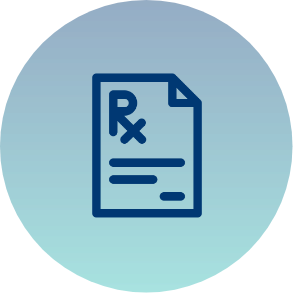

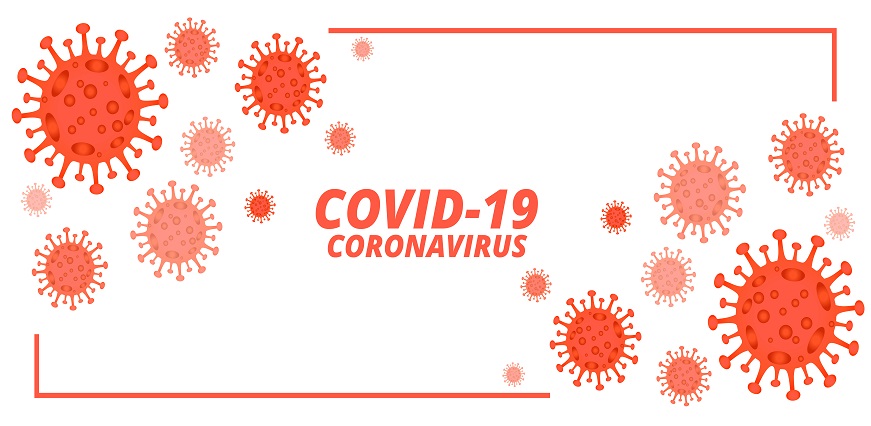
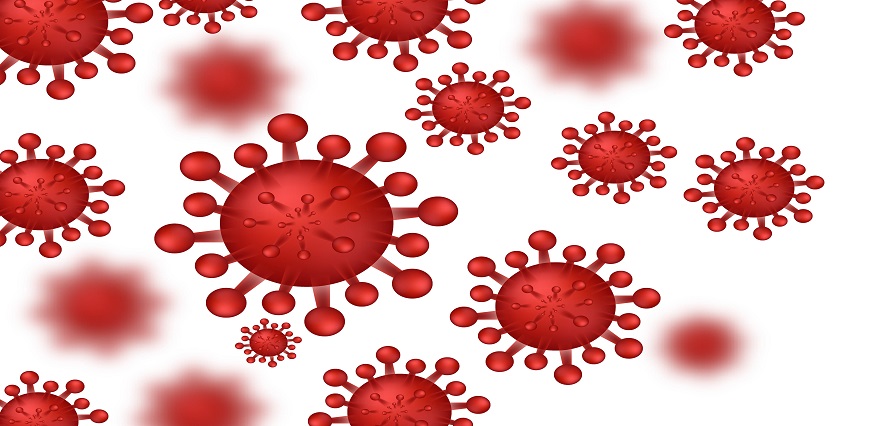
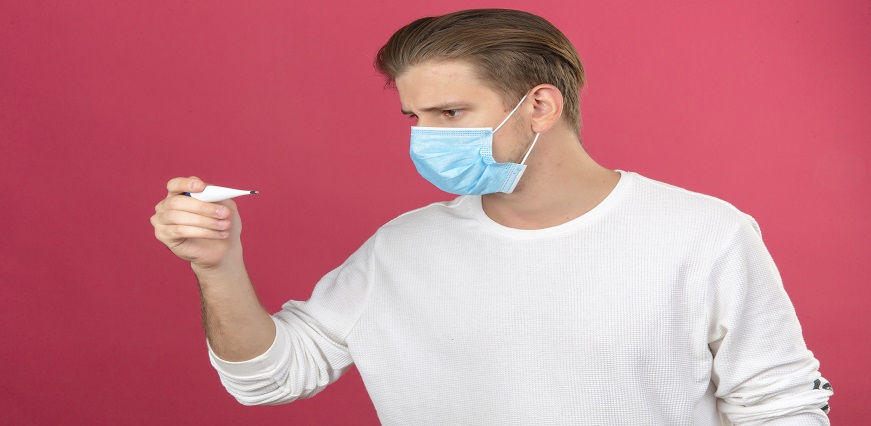
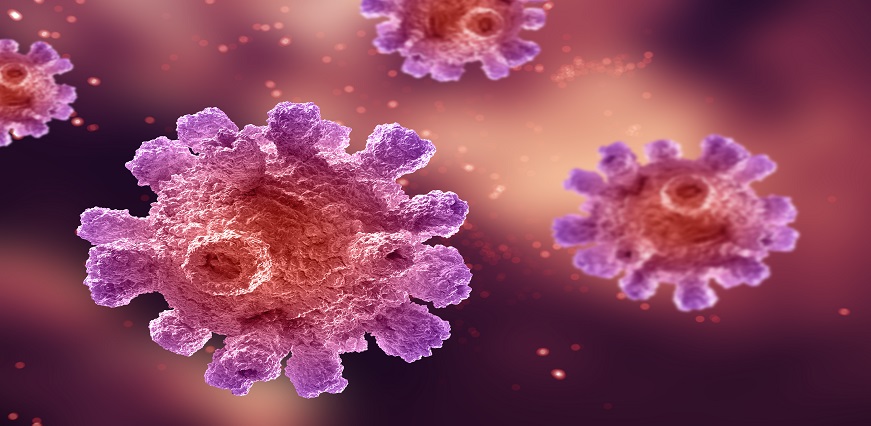
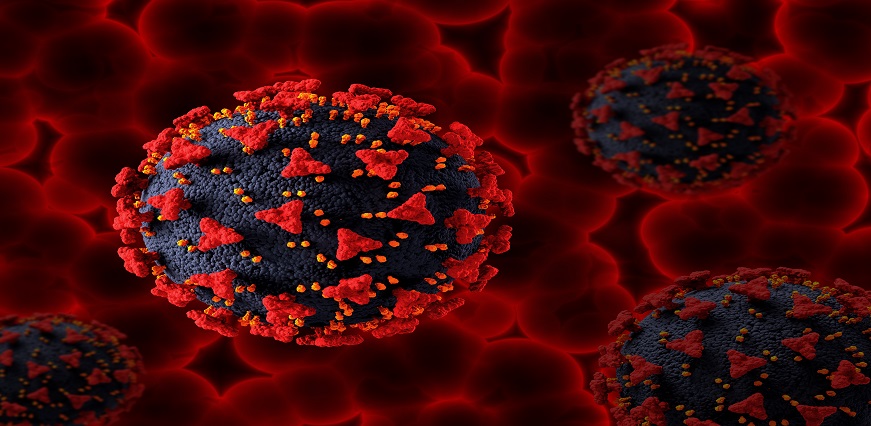
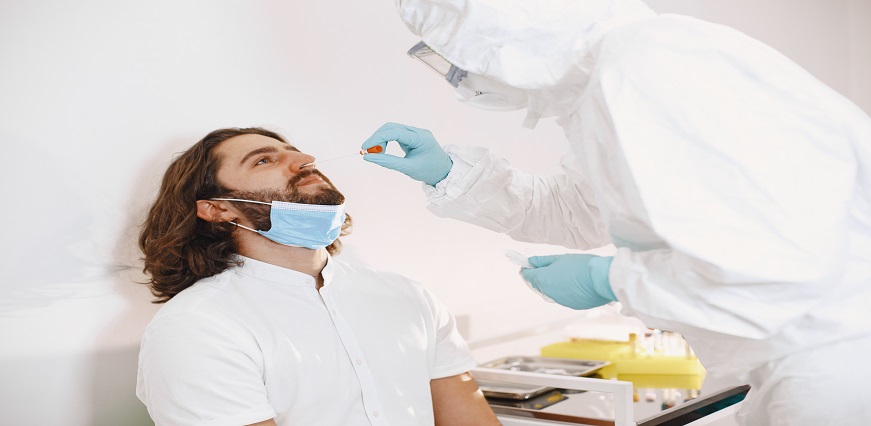

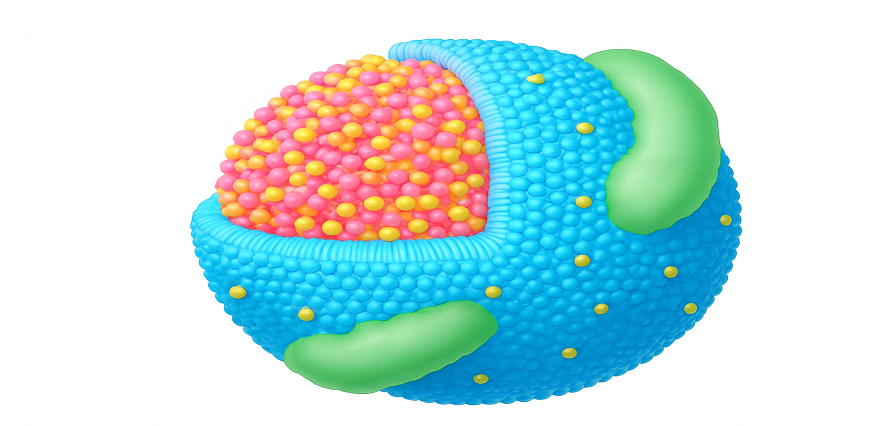

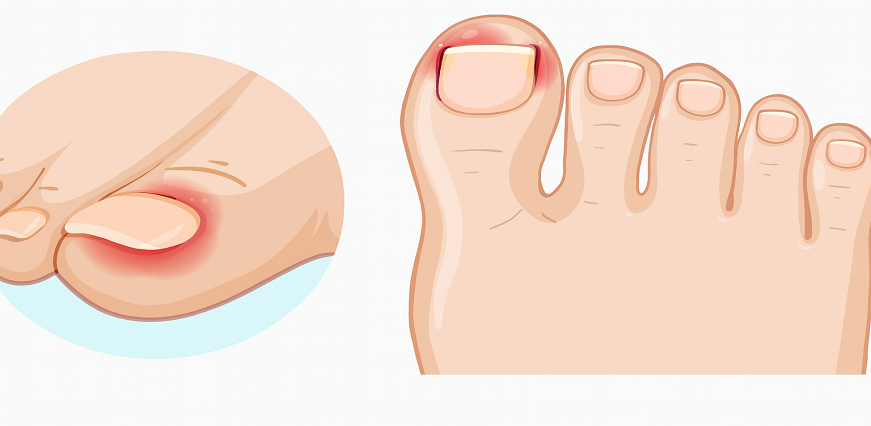


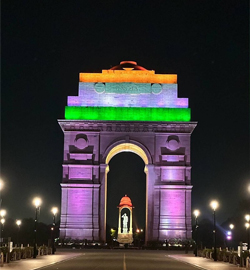

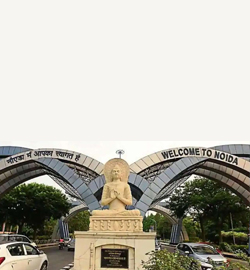





 To reach our help desk call 9213188888
To reach our help desk call 9213188888.png)
Comments